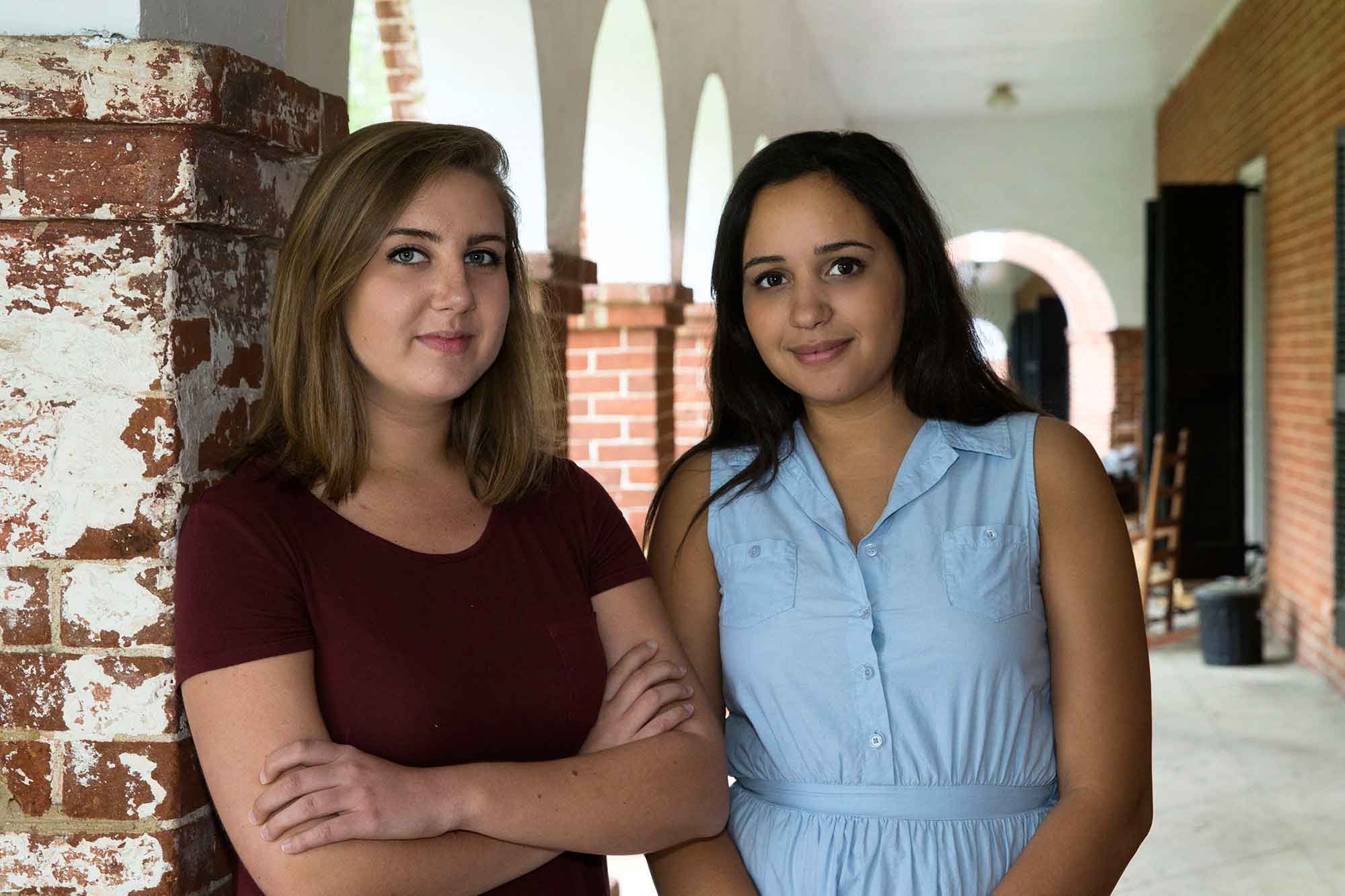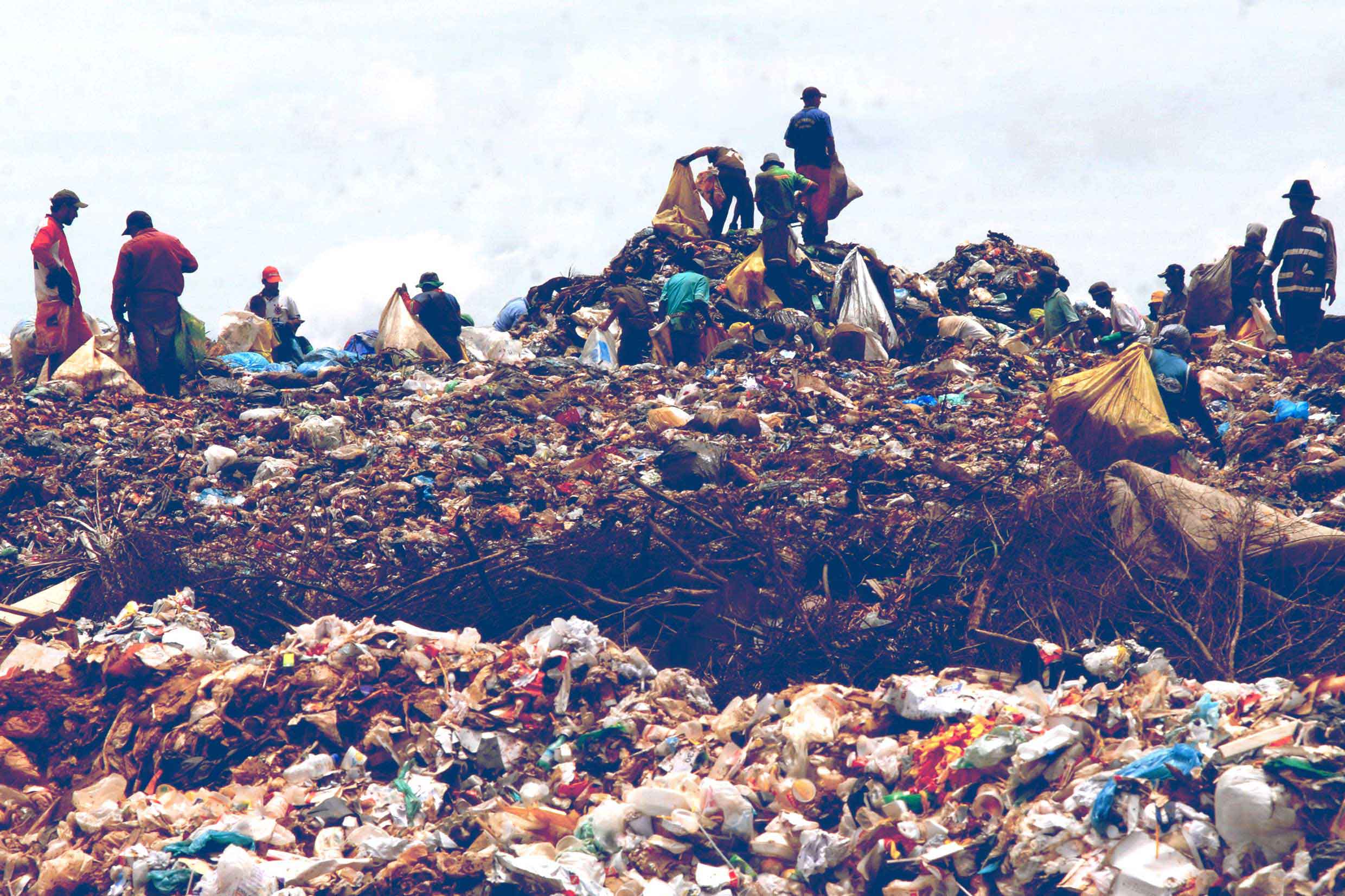Brazil is the world’s third-largest producer of solid waste. In a recent report, the World Bank said it generates a staggering 149,096 metric tons of garbage every day, ranking behind only the United States (624,700 metric tons daily) and China (520,548 metric tons).
Brazil and the U.S. differ greatly in their approach to garbage collection. Recycling and waste management in the South American country rely heavily on a group of volunteer trash collectors known as “catadores.” These “trash pickers” live on the margins of society and earn their living sifting through massive landfills of garbage looking for things that can be recycled for cash.
Trash is a Big Commodity
Worldwide, more and more waste is being recycled into trendy and expensive items. In a recent article, Runner’s World magazine touted a new Adidas running shoe that features an upper made entirely from reclaimed ocean waste. Just last week, actor Emma Watson’s choice of attire for the Met Gala in New York was splashed across the news and trending on Facebook not because it was fabulous, but because a majority of the outfit was made from yarn that itself was made from 100 percent post-consumer plastic bottles.
The trend has not been lost on the government in New York City. Anyone found going through garbage awaiting collection at curbside is at risk of being fined by the city. Why? Because once recyclable waste hits the sidewalk it becomes city property – potentially valuable city property.
Former Mayor Michael Bloomberg drove home the point in 2012 in a city-produced video condemning those who scavenge for recyclable materials from the streets of the city.
That raised a question in the minds of two University of Virginia undergraduate students.
“With a recycling rate of just 16 percent, critics of New York’s anti-scavenging efforts are eager to understand why a major city struggling to improve its waste diversion rate would discourage the voluntary recycling labor of financially compromised individuals,” they wrote in a recent research paper.
Armed with funding from UVA’s Center for Global Inquiry and Innovation and the dean of the College of Arts & Sciences, Mary Jane Gilliland and Gaby Santiago set out for São Paulo, Brazil, in March to see firsthand what they could learn from the catadores and how those lessons can be applied to New York City and other places around the world.
Gilliland is an environmental thought and practice major who is preparing to graduate, and Santiago is a third-year double-major in environmental thought and practice and public policy and leadership. Their research finds, in part, that Brazil’s catadores provide a tremendous service and their hard work consistently makes Brazil one of the top recycling countries in the world for valuable materials such as aluminum. The country also boasts a tin can recycling rate as high as 96.5 percent.
The United States, they say, might have something to learn from Brazil when it comes to being less rigid about who can recycle.
What is a Catadore?
“The catadores tend to be predominantly people of color, of Afro-Brazilian decent,” said Vivian Thomson, a UVA professor of environmental sciences and politics who is mentoring Gilliland and Santiago and won the funding to support this research between faculty and undergraduates. “Catadores are people who are not generally very well-educated and have no other way to make a living.”
Being a catadore can be a family tradition, she explained. “We were just reading an article this morning about a woman who was saying, ‘My mother did this. She taught me how to do this,’ so it’s a real occupation in Brazil recognized in the Labor Department.”
The workers can operate independently or in cooperative arrangements in sorting centers.
Over the course of 21 years, the Brazilian government created its first-ever national waste management legislation, which officially recognizes the trash pickers as stewards of the environment.

Mary Jane Gilliland and Gaby Santiago studied the role of catadores, or “trash pickers,” in São Paulo, Brazil’s financial center. (Photo by Dan Addison)
Under the legislation, launched in 2010, states and municipalities are obliged to develop their own waste management plans. The law also includes a mandate that Brazil’s municipalities formally integrate catadores into their new waste management plans and make improvements in sanitary and working conditions in sorting centers. But Gilliland and Santiago found the law has created a grey area because there are no political or legal repercussions for states failing to comply. In fact, during their trip the two met with Patricia Iglecias, São Paulo’s secretary of environment, and learned she views the new law as more of a “suggestion” than a mandate, and regards it as an attempt to fix a social problem using waste management law.
Santiago said the catadores’ work conditions are extremely poor. They are subject to health problems, including meningitis, and high-risk dangers like toxic fumes, medical waste and sharp objects, not to mention the social stigma that comes with being a trash picker. To Santiago, “it makes sense to want to formally incorporate them into the system,” because of the service they provide.
Thomson, who also went on the March trip, said UVA’s partnership with the University of São Paulo was pivotal. “It’s the highest ranked university in Brazil,” Thomson said. “It’s the partner to work with in terms of the caliber of the students and faculty.”
Virginia Parente, a professor of energy and the environment at the University of São Paulo and Thomson’s collaborator, helped arrange Gilliland and Santiago’s meeting with Iglecias and also served as a mentor.
Novel Research Addresses World Garbage Crisis
Gilliland and Santiago conclude that Brazil’s recycling systems differ from those of the United States because of different ideas regarding who owns the value contained within waste, who should pick the valuable material and whether these pickers should be paid.
Thomson said the students’ paper will be published and feed into a larger, collaborative, book-length project on waste management in the United States, Brazil, Germany and Panama. “This is very exciting work. It’s interesting and incredibly relevant for policymakers in São Paulo and elsewhere,” Thomson said.
The stakes are high. Half the world’s population lacks access to regular trash collection and the World Bank says between 2012 and 2025, there will be a 70 percent increase in urban garbage.
The phenomenon of trash pickers is not unique to Brazil. These workers can be found in large urban areas across the globe. Parente, the University of São Paulo professor, said Gilliland and Santiago’s work sheds a new and important light on these communities.
Countries, she said, are better off bringing trash pickers into the system rather than excluding them.
Media Contact
Article Information
May 6, 2016
/content/undergrad-duos-research-seeks-answers-world-trash-crisis

